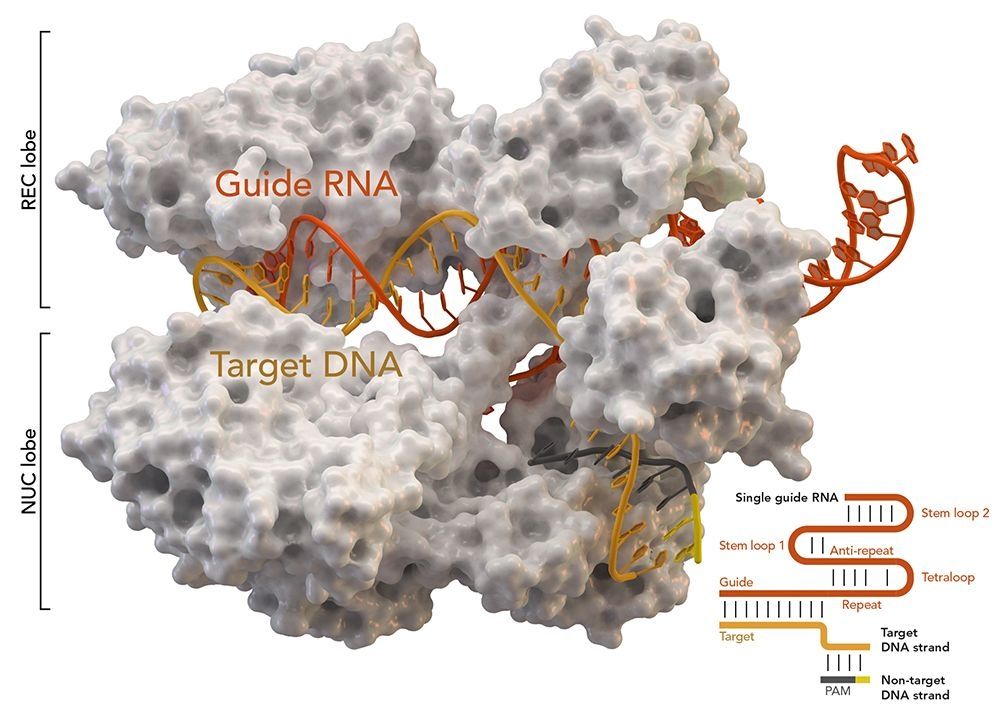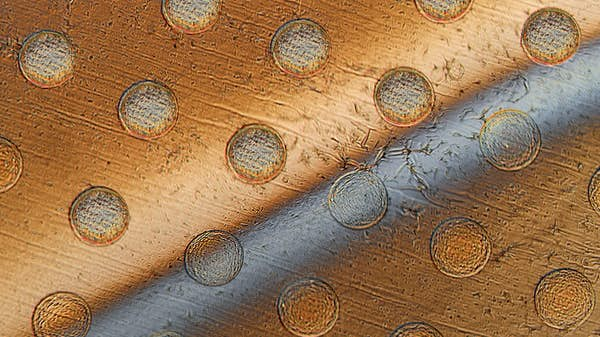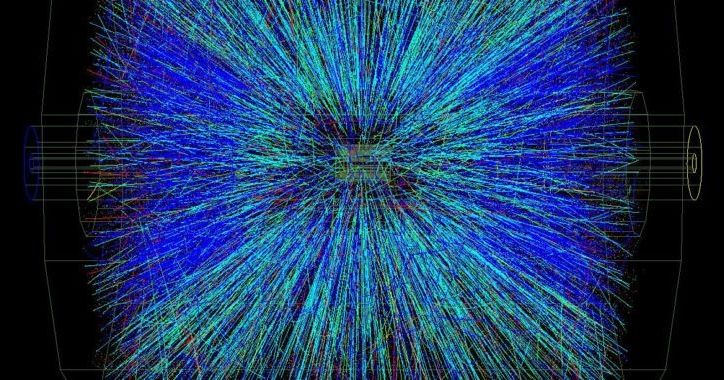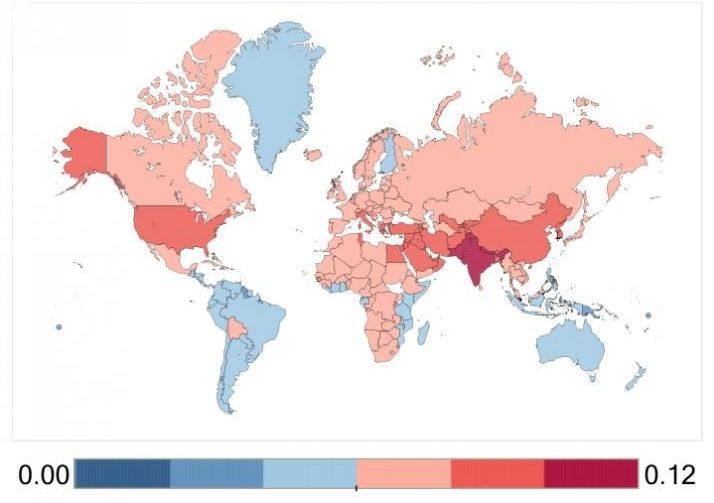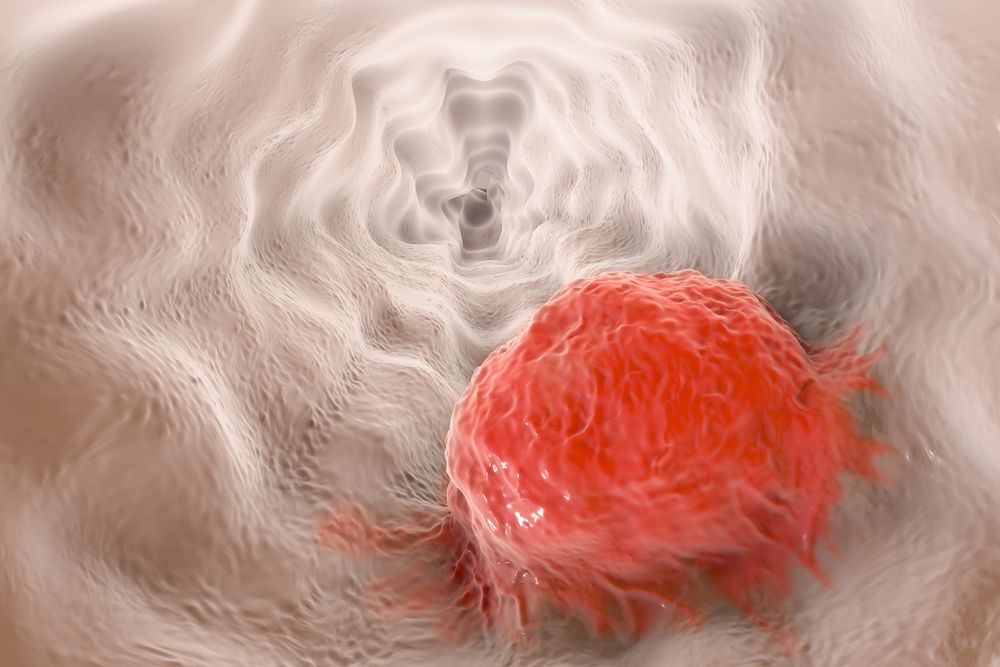Page 21
Oct 24, 2018
How Quantum Mechanics Lets Us See, Smell and Touch
Posted by Xavier Rosseel in category: quantum physics
Oct 24, 2018
Rock fluidization during peak-ring formation of large impact structures
Posted by Genevieve Klien in category: space
Large meteorite impact structures on the terrestrial bodies of the Solar System contain pronounced topographic rings, which emerged from uplifted target (crustal) rocks within minutes of impact. To flow rapidly over large distances, these target rocks must have weakened drastically, but they subsequently regained sufficient strength to build and sustain topographic rings. The mechanisms of rock deformation that accomplish such extreme change in mechanical behaviour during cratering are largely unknown and have been debated for decades. Recent drilling of the approximately 200-km-diameter Chicxulub impact structure in Mexico has produced a record of brittle and viscous deformation within its peak-ring rocks. Here we show how catastrophic rock weakening upon impact is followed by an increase in rock strength that culminated in the formation of the peak ring during cratering. The observations point to quasi-continuous rock flow and hence acoustic fluidization as the dominant physical process controlling initial cratering, followed by increasingly localized faulting.
Oct 24, 2018
New CRISPR tool opens up more of the genome for editing
Posted by Genevieve Klien in categories: biotech/medical, food, security
The genome editing system CRISPR has become a hugely important tool in medical research, and could ultimately have a significant impact in fields such as agriculture, bioenergy, and food security.
Oct 24, 2018
Error: To all the naysayers of anything…
Posted by Mary Jain in category: mobile phones
MacRumors attracts a broad audience of both consumers and professionals interested in the latest technologies and products. We also boast an active community focused on purchasing decisions and technical aspects of the iPhone, iPod, iPad, and Mac platforms.
Oct 24, 2018
MIT punches out cell-sized robots made of graphene
Posted by Klaus Baldauf in categories: health, robotics/AI
Robots are getting smaller and smaller, from the size of bugs down to tiny bead-shaped robots that could one day swim through the body to monitor health or deliver medication. MIT engineers recently managed to create cell-sized robots that could collect data about their environment, but were a little tricky to manufacture. Now, the team has found a way to mass produce these synthetic cells (syncells) through controlled fracturing of graphene.
Oct 24, 2018
Solar neutrinos reveal how the Sun shines
Posted by Genevieve Klien in category: futurism
Oct 24, 2018
Atoms may come apart as the Universe’s biggest stars explode
Posted by Genevieve Klien in categories: cosmology, particle physics
Oct 24, 2018
Air pollution leads to millions of ER visits for asthma attacks worldwide
Posted by Xavier Rosseel in categories: health, sustainability, transportation
The new research suggests that:
WASHINGTON, DC (Oct. 24, 2018)— Nine to 33 million visits to the emergency room (ER) for asthma worldwide may be triggered by breathing in air polluted by ozone or fine particulate matter—pollutants that can enter the lung’s deep airways, according to a study published today.
Scientists have long known that breathing in air sullied by car emissions and other pollutants could trigger asthma attacks. However, the new study is the first to quantify air pollution’s impact on asthma cases around the globe.
Continue reading “Air pollution leads to millions of ER visits for asthma attacks worldwide” »
Oct 24, 2018
Mutations Accumulate in Healthy Esophageal Tissue With Age
Posted by Nicola Bagalà in categories: biotech/medical, genetics, life extension
Many mutations accumulate in the esophagus as we age.
Scientists at the MRC Cancer Unit of the Wellcome Sanger Institute and other departments of the University of Cambridge discovered that healthy esophageal tissue accumulates very high numbers of mutations with age, to the point that, by the time middle age is reached, it is likely to contain more cells with a particular mutation than cells without it [1].
Abstract
Continue reading “Mutations Accumulate in Healthy Esophageal Tissue With Age” »



